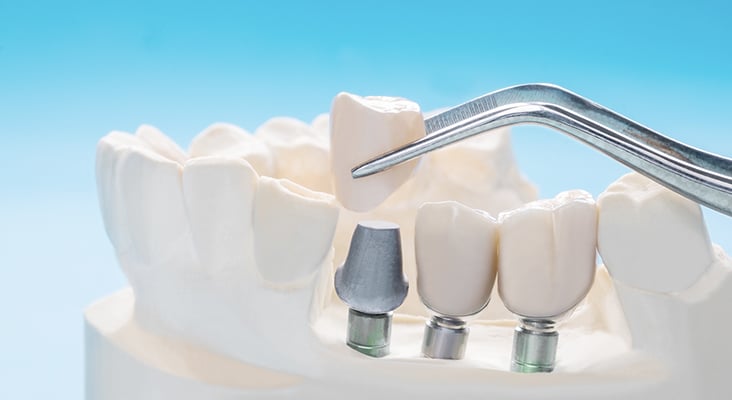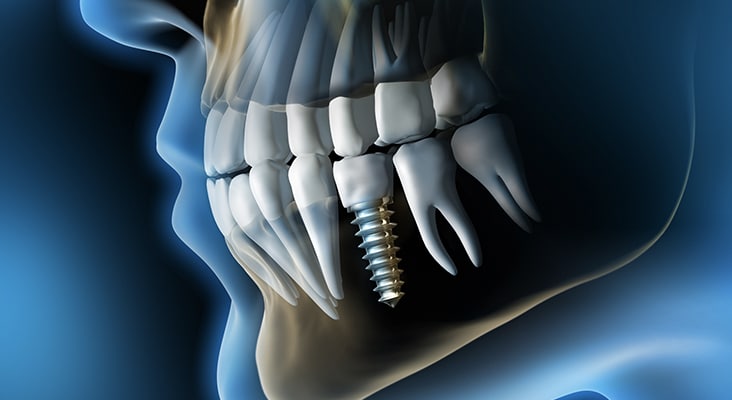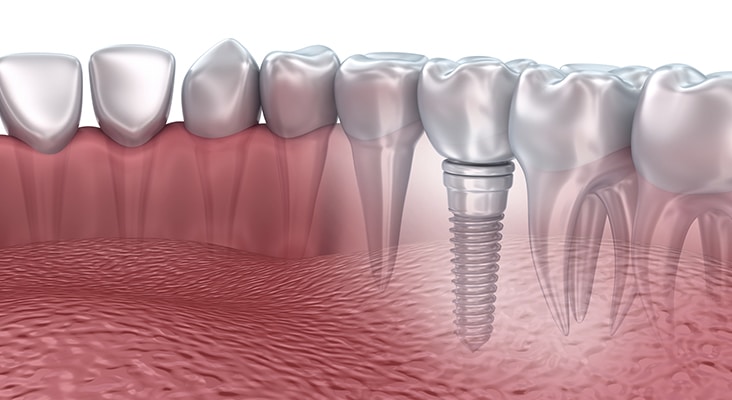Implant Dentistry Continues to Grow
According to the American Academy of Implant Dentistry, 3 million people in the United States have implants. This number is expected to grow by 500,000 each year. As the number of patients with implants continues to rise, so does the risk for post-placement complications, which can compromise the health and long-term success of implants. Dental hygienists are well suited to use the dental endoscope in the treatment of peri-implantitis. Furthermore, the endoscope can be an effective preventive tool.
One of the most common implant therapy complications is the destruction of peri-implant gingival tissues and bone by residual cement.
 sujit kantakad / iStock / Getty Images Plus
sujit kantakad / iStock / Getty Images Plus
In one study, residual cement was associated with what percentage of the peri-implantitis cases reviewed?
 peterschreiber.media / iStock / Getty Images Plus
peterschreiber.media / iStock / Getty Images Plus
In a case where residual cement is suspected as an etiology of peri-implantitis, a traditional periodontal flap procedure may be recommended.
 Kira-Yan / iStock / Getty Images Plus
Kira-Yan / iStock / Getty Images Plus
In recent years, the use of dental endoscopes during nonsurgical treatment of natural dentition has become more common. A dental endoscope can magnify a surface by how many times or more?
 milindri / iStock / Getty Images Plus
milindri / iStock / Getty Images Plus
Clinicians must understand how to instrument around a dental implant to reduce the possibility of soft tissue contamination.
 edwardolive/ iStock / Getty Images Plus
edwardolive/ iStock / Getty Images Plus
Traditional periodontal flap procedures are never necessary to treat peri-implantitis even after nonsurgical treatment with an endoscope.
 alex-mit / iStock / Getty Images Plus
alex-mit / iStock / Getty Images Plus
Implants inspected with an endoscope at the time of restoration allows for more removal of residual cement will lead to potentially fewer cases of peri-implantitis.
 GuidoVrola / iStock / Getty Images Plus
GuidoVrola / iStock / Getty Images Plus
Share your Results:

